Sizergh Castle is located at Helsington roughly 4 miles south of Kendal in Cumbria. The grade one listed building is set in a large, beautifully landscaped garden and has been home to the Strickland family since the early 13th century when the heiress Elizabeth Deincourt married Sir William de Strickland.
| Built | 14th Century |
| Type | Solar Tower |
| Condition | Intact (Renovated) |
| Ownership | National Trust |
| Access | Public – Fee |
Click hear to watch our tour of Sizergh Castle and discover it’s history
The earliest part of the structure that stands today, with it also being one of the most significant, is the four story Solar Tower which was built in the middle of the 14th century (a solar tower is one that has been designed to accommodate the residing family). This tall tower is quite an imposing structure and marks a statement of the power and wealth the Strickland family had during the Middle Ages, when the family was involved in the wars with Scotland and France.


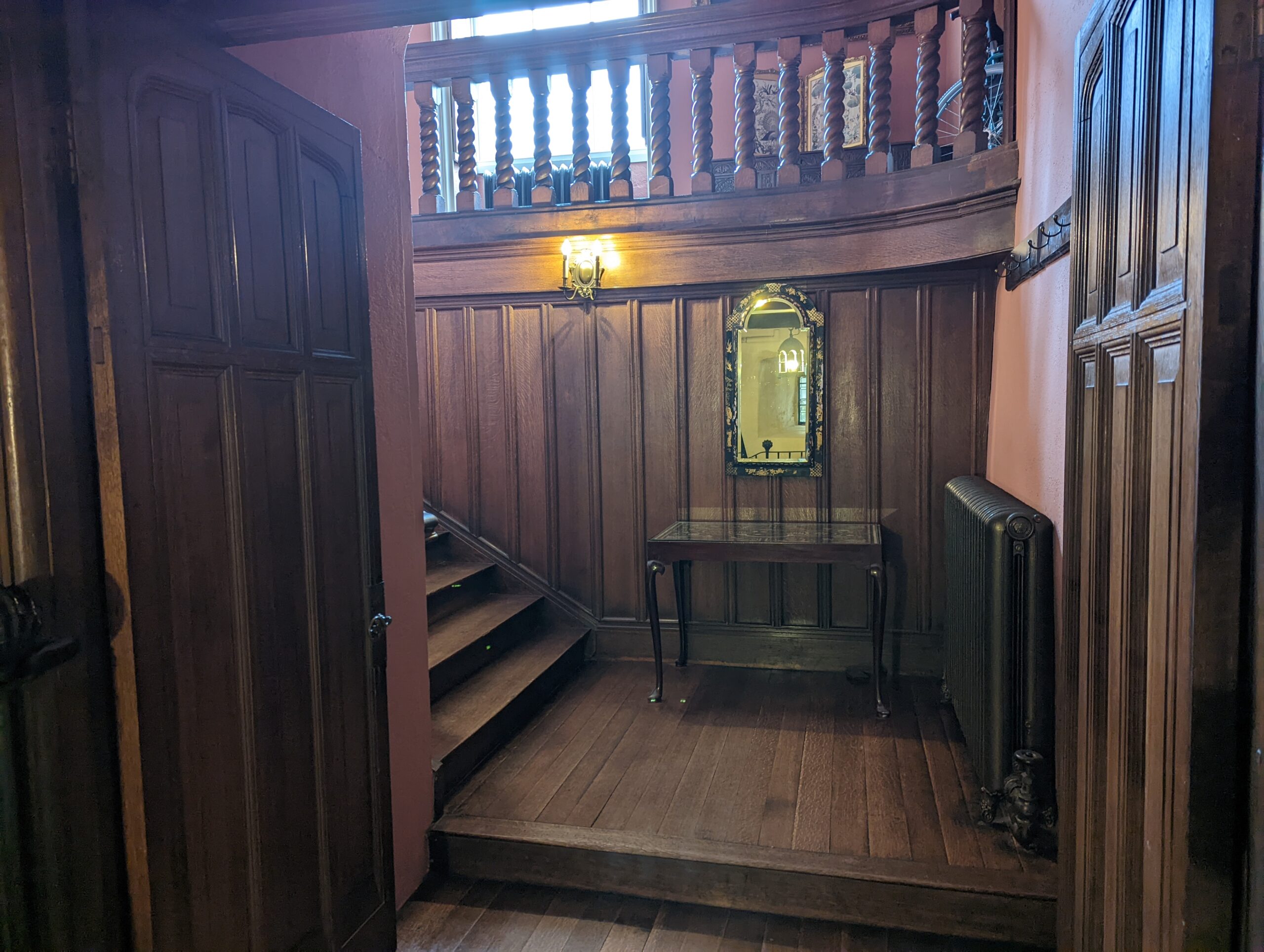
During the Wars of the Roses the Strickland family were supporters of the House of York and the then owner of Sizergh, Sir Thomas Strickland, was knighted as reward. The House of York was eventually defeated by Henry Tudor, but the Strickland family avoided any punishments and in fact prospered under the service of Henry VIII, even though Walter Strickland had become involved in a northern rebellion against the king, known as the Pilgrimage of Grace. Walter was pardoned and then during the mid 1550s, he went on to make significant modifications to Sizergh, turning it from a mediaeval house into an Elizabethan one. Overseen by Walter Strickland, the work consisted of moving the hall from the ground floor to the first floor, a rebuild of the service block as well as the addition of two wings.
The North wing was built in two stages and consisted mainly of supporting rooms. Stage one introduced a large kitchen with servant’s quarters and offices being added in stage two. The South wing was more of an extension to the living space with a long single room gallery sitting over self contained lodges.

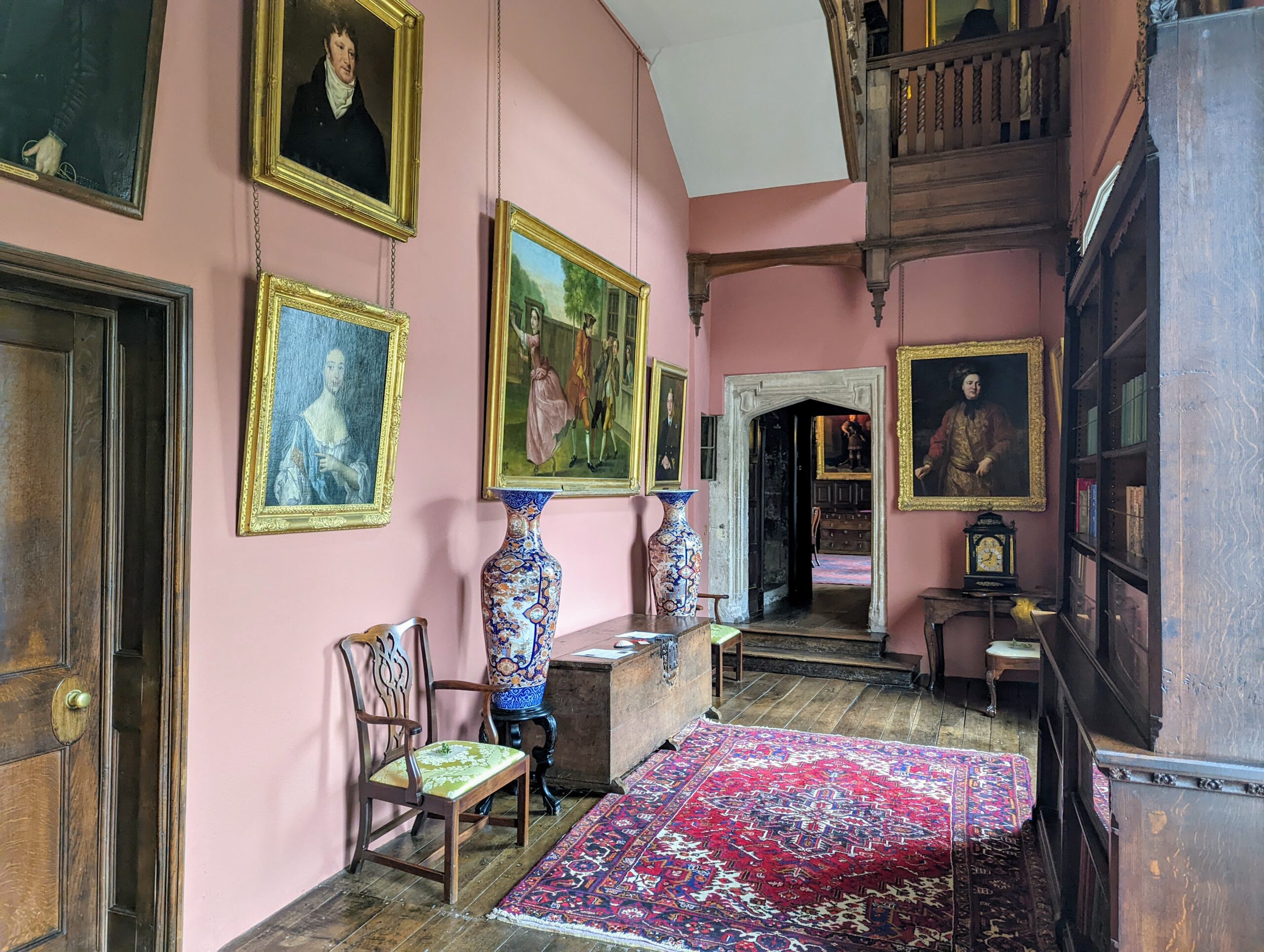
During the course of the mid 15 century, the interior of the house was fitted with fine carved wooden decorations and furniture, including oak-panelling in the rooms. For the time they were considered some of the very finest in the north of England.
Come the Civil War, the Strickland family sided and supported the Royalists. Despite the defeat of the Royalists, the family were able to retain their estates, but were obliged to pay hefty fines. The family remained loyal to James II after he was removed from power once defeated by the Parliamentarians and so the Strickland family went into voluntary exile in France with James II for a number of years. The seizing of Sizergh by the State was avoided by means of a series of trusts and in the early 18th century they returned to England as Jacobites (supporters of King James VII) but with little money. Eventually through Winifred’s (Lady Strickland) careful planning and stabilisation of the family’s income, a number of additional alterations were made to the house in the baroque style.
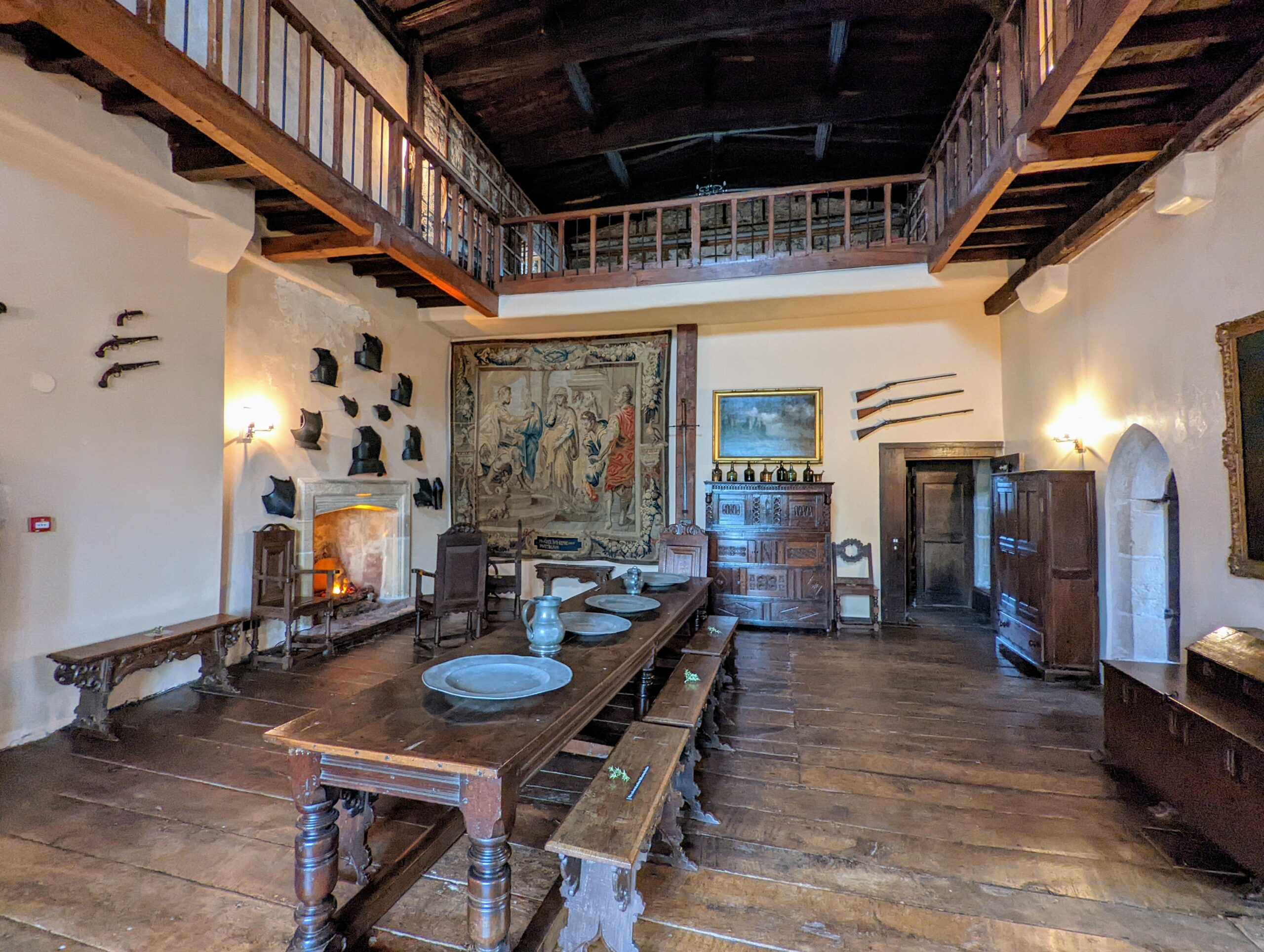
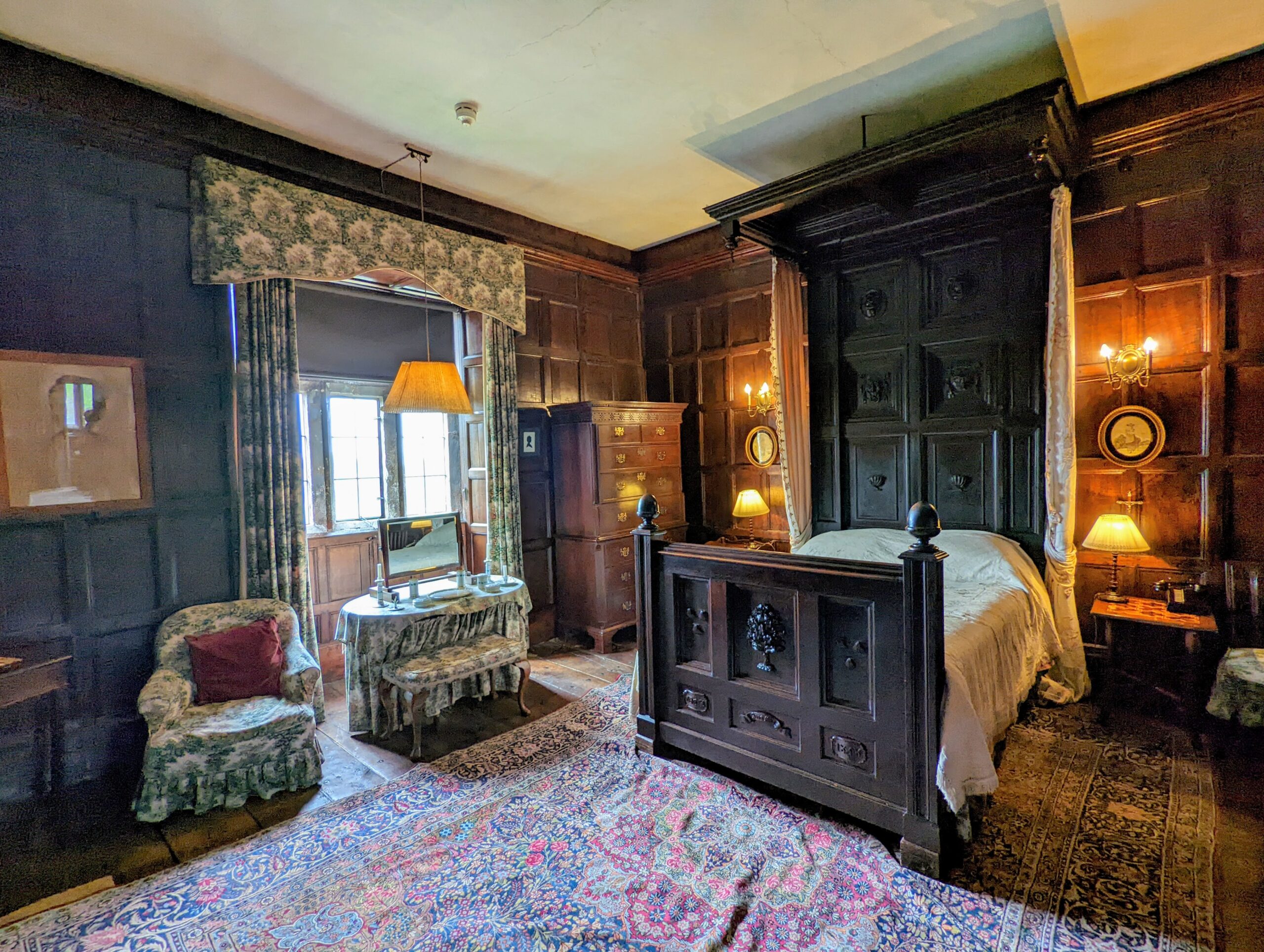
The (first floor) hall needed more immediate and serious repairs during the 1770s which were implemented by Cecilia Strickland. The Elizabethan hall was replaced with a Neoclassical saloon that later became a Drawing room.
Sizergh’s last major changes came about during the turn of the 19th century when Sir Gerald Strickland (who later became Lord Strickland of Sizergh) owned the property. This included rebuilding the exterior stair entrance with an entrance and interior staircase as well as general modernisations. A now famous rock garden was also added to the gardens during this period.
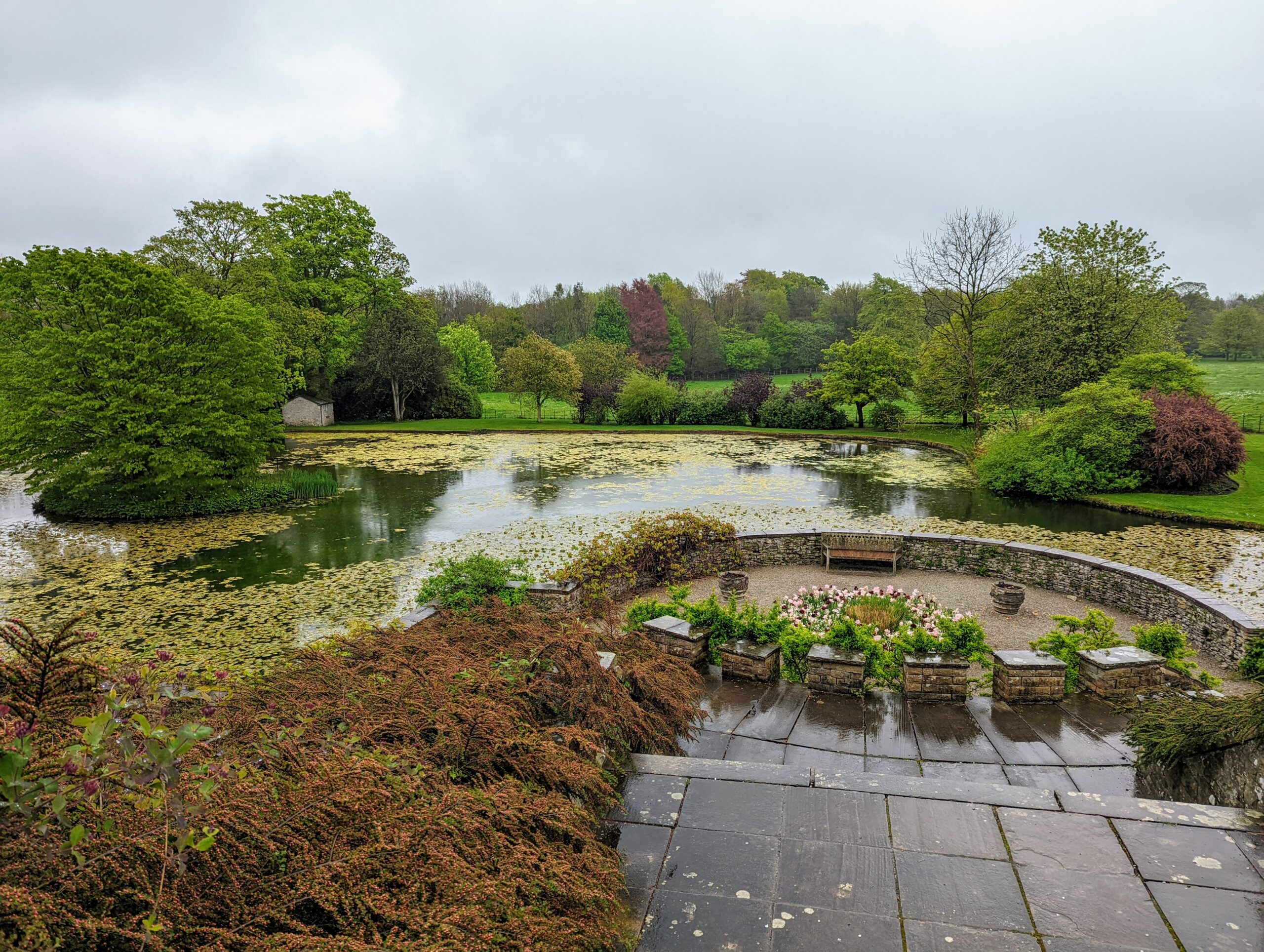
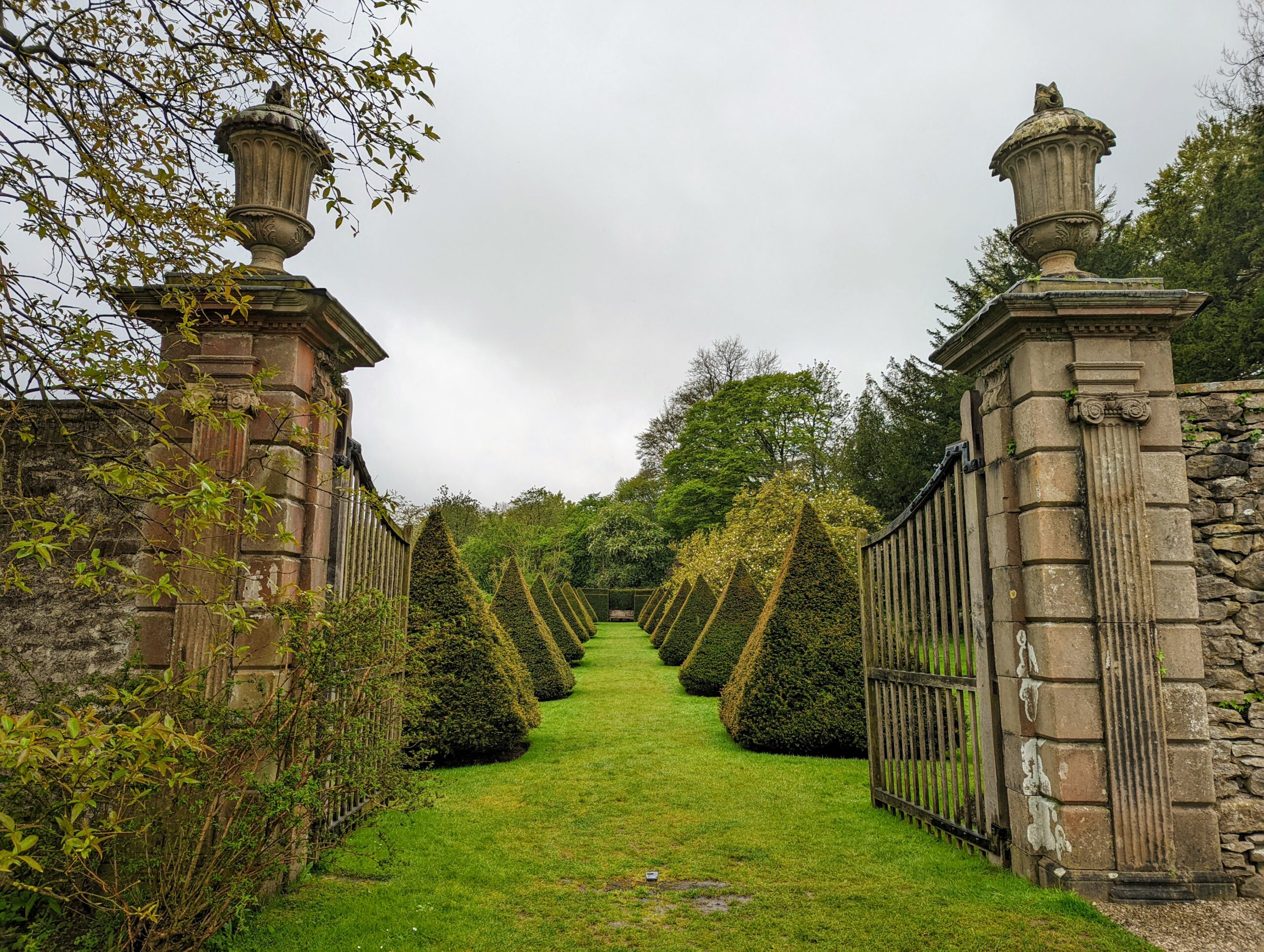
In the 1930s the estate was transferred to his daughter Mary and her husband Henry Hornyold. In the 1950s the estate, the majority of its contents and the gardens were gifted to the National Trust.
Click below to view our video visiting Sizergh Castle and listen to the castle’s history

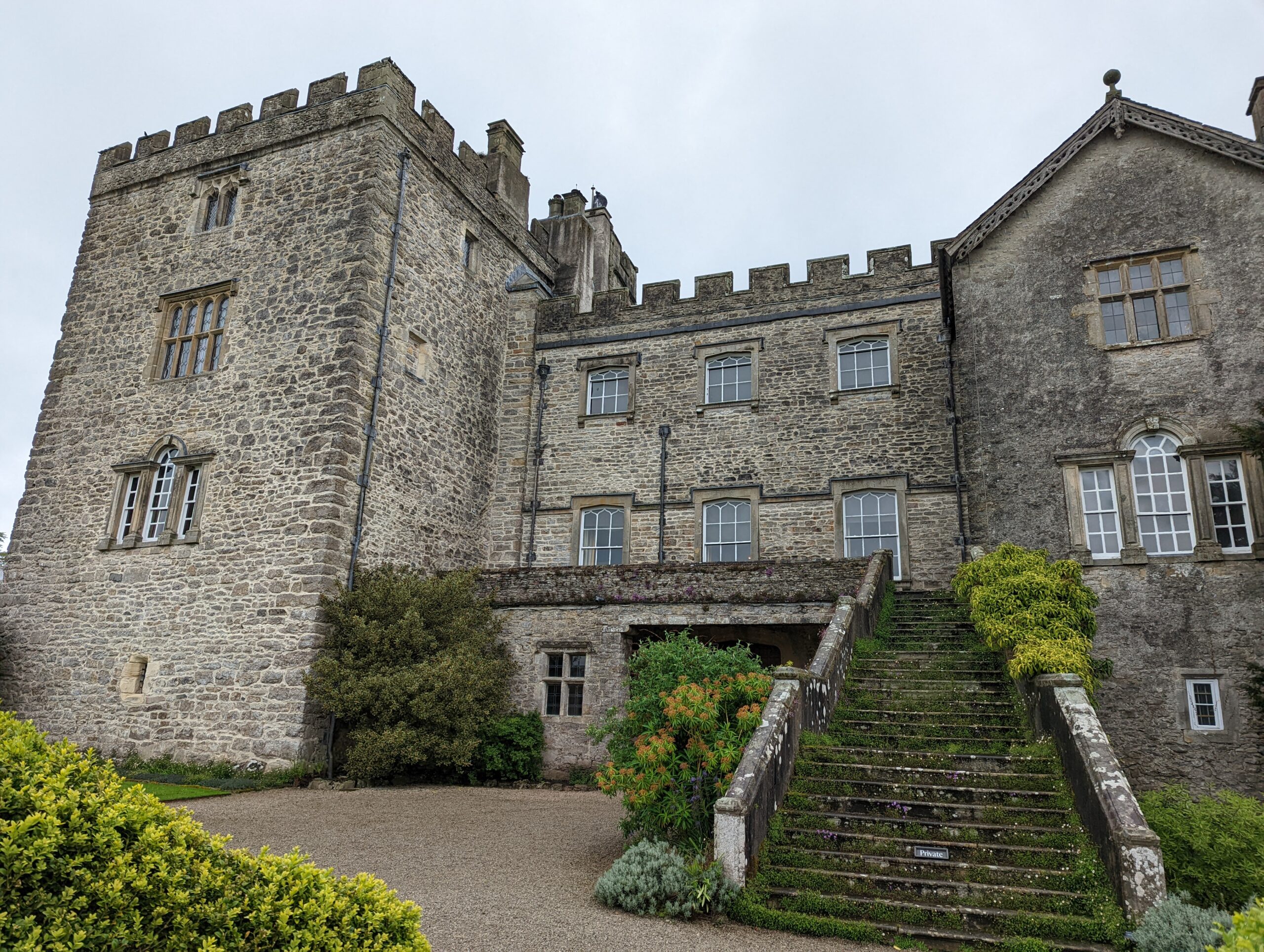
My name is James Strickland and I’m planning on visiting Sizergh castle in July 2023, Where did the name Sizergh come from or what does it mean
Hi James
It is my understanding that Sizergh comes from an Old Norse word in around the 9th century which was originally spelt sigaritherge. Sigarith being a female name and the erg being a dairy farm or summer pastor. Hope you enjoy your visit next summer!
I am a distant relative in Canada. The Strickland family is on my mother’s side.
Wow that is fascinating, I hope if you have not already that you get to visit the castle.
It was interesting to find you noting as a distant relative in Canada. I, too, am a descendent of the Stricklands on my mother’s side. I am researching the family line and find there is a break in our family line with a William, I believe, that bore a child out of wedlock in England and he was broken from all family ties. Then, a William reappears in the United States with no history.
Have you been engaged in working on a family line for the Stricklands? My grandmother was from from Alabama. I would surely enjoy hearing from you and sharing any information you may have.
Thanks in advance.
Judy Fehlner (judithfehlner@msn.com)